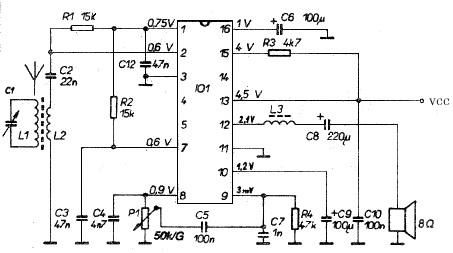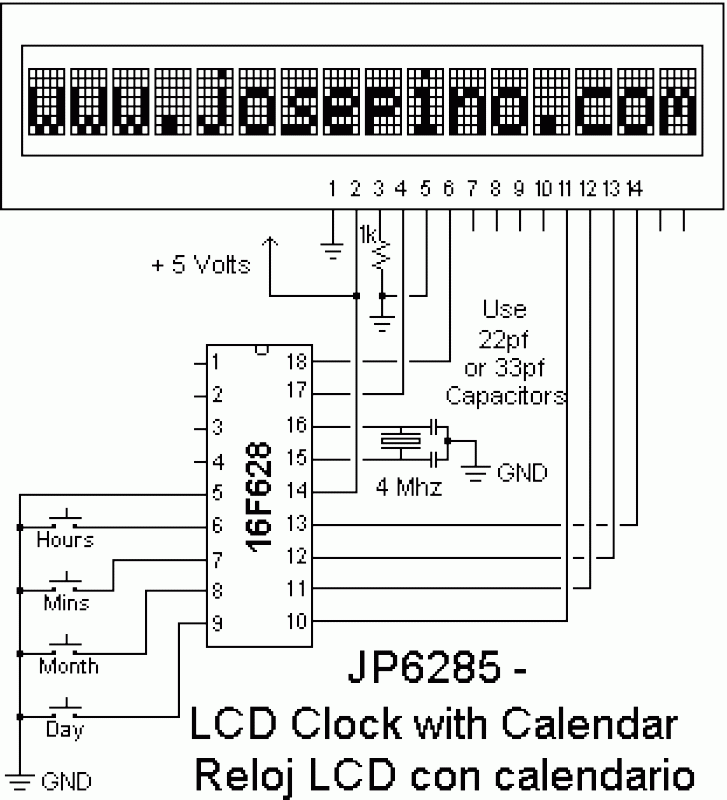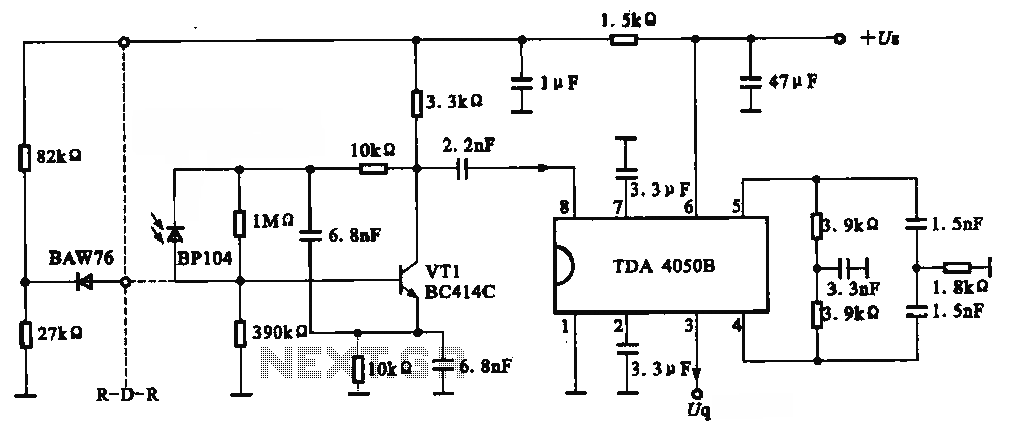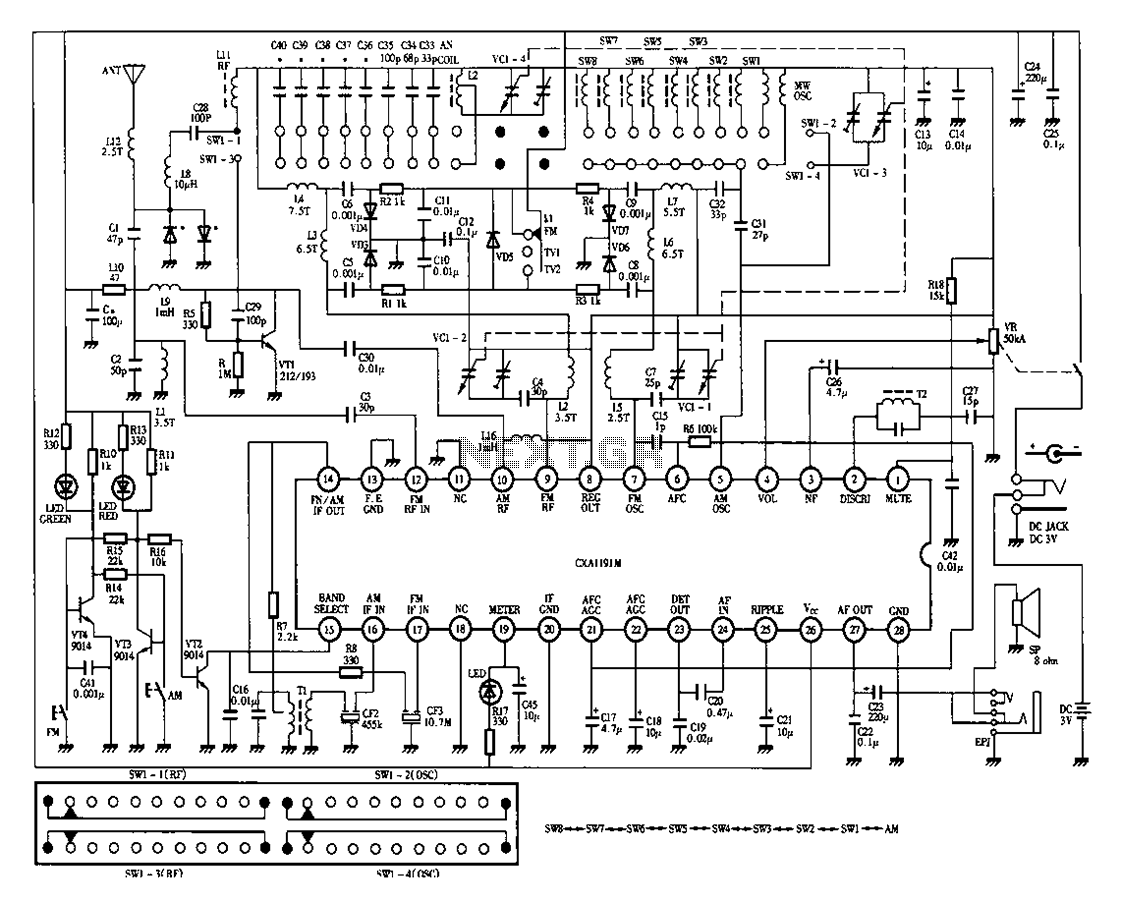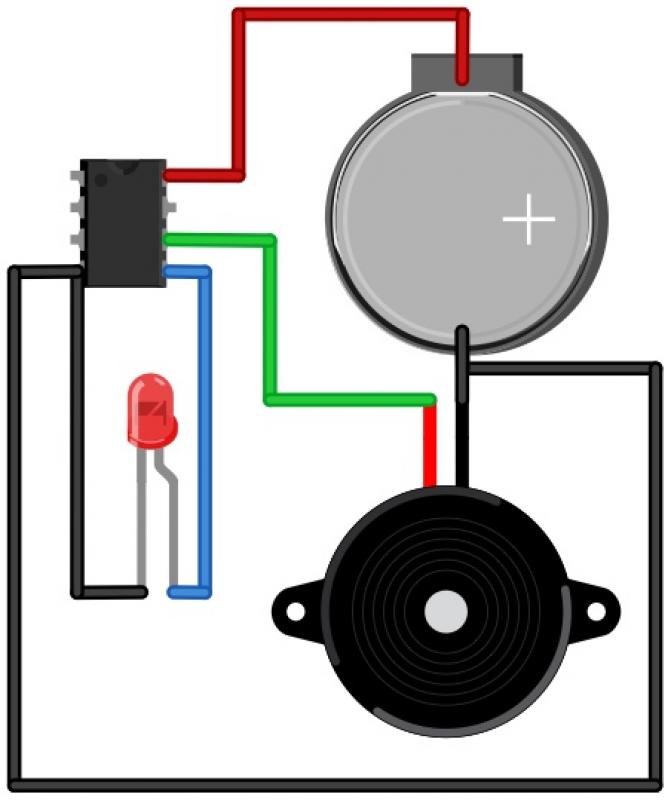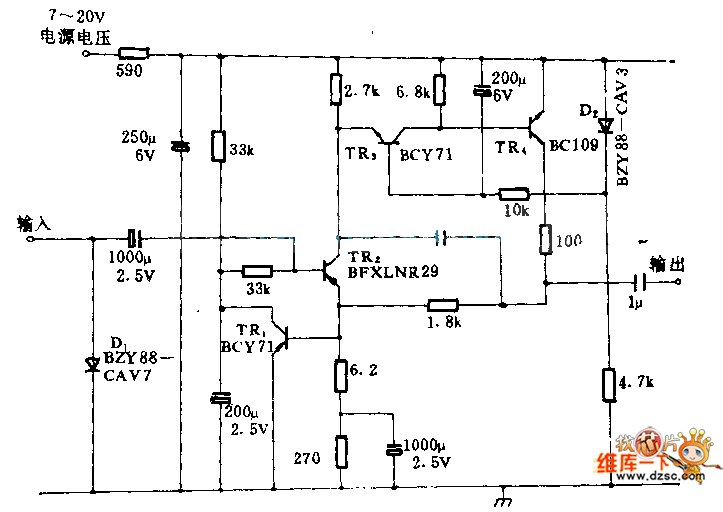
FM Radio Receiver using TDA7088
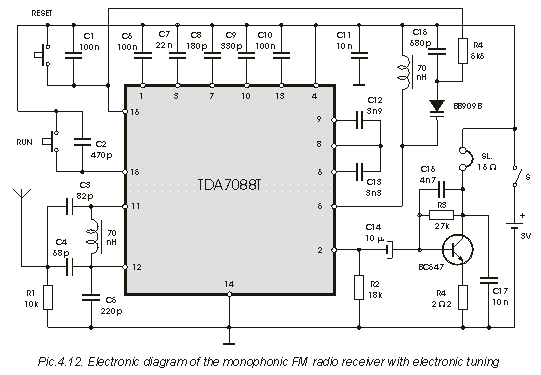
This compact receiver is slightly larger than an AA battery. It is powered by two LR44 button cells, which are relatively costly and may not have a long lifespan. There is an intention to search for LR44 batteries at local markets and discount stores now that this radio is in possession. As is common with similar radios, the headphone cable serves as the antenna. Accompanying this receiver was a pair of low-quality headphones.
This tiny receiver, designed for portability, utilizes two LR44 button cells as its power source. The LR44 batteries, known for their compact size, are often used in small electronic devices but can be relatively expensive and may require frequent replacement depending on usage patterns. It is advisable to consider alternative power sources or rechargeable options to enhance the longevity of the device.
The receiver's design incorporates a headphone lead that doubles as the antenna, a common feature in compact radios. This configuration allows for improved reception of radio signals, as the headphone cable can effectively capture a range of frequencies. However, the quality of reception may vary based on the environment and the length of the headphone lead.
Additionally, the inclusion of low-quality headphones with the receiver suggests that users may want to invest in higher-quality audio accessories to fully appreciate the sound output from the device. Upgrading to better headphones can significantly enhance the listening experience, providing clearer audio and improved bass response.
Overall, the receiver's compact size and functionality make it a convenient option for users seeking portable audio solutions, but careful consideration of power supply and audio accessories can lead to a more satisfactory experience.This tiny receiver is not much bigger than an AA cell. It is powered off two LR44 button cells, which are expensive and I assume wouldn`t last terribly long. I`ll be on the lookout for LR44`s at the markets and $2 shops now that I`ve got this radio! As with all these sorts of radios, the headphone lead functions as the aerial. Supplied with this receiver were a pair of those awful . 🔗 External reference
This tiny receiver, designed for portability, utilizes two LR44 button cells as its power source. The LR44 batteries, known for their compact size, are often used in small electronic devices but can be relatively expensive and may require frequent replacement depending on usage patterns. It is advisable to consider alternative power sources or rechargeable options to enhance the longevity of the device.
The receiver's design incorporates a headphone lead that doubles as the antenna, a common feature in compact radios. This configuration allows for improved reception of radio signals, as the headphone cable can effectively capture a range of frequencies. However, the quality of reception may vary based on the environment and the length of the headphone lead.
Additionally, the inclusion of low-quality headphones with the receiver suggests that users may want to invest in higher-quality audio accessories to fully appreciate the sound output from the device. Upgrading to better headphones can significantly enhance the listening experience, providing clearer audio and improved bass response.
Overall, the receiver's compact size and functionality make it a convenient option for users seeking portable audio solutions, but careful consideration of power supply and audio accessories can lead to a more satisfactory experience.This tiny receiver is not much bigger than an AA cell. It is powered off two LR44 button cells, which are expensive and I assume wouldn`t last terribly long. I`ll be on the lookout for LR44`s at the markets and $2 shops now that I`ve got this radio! As with all these sorts of radios, the headphone lead functions as the aerial. Supplied with this receiver were a pair of those awful . 🔗 External reference
